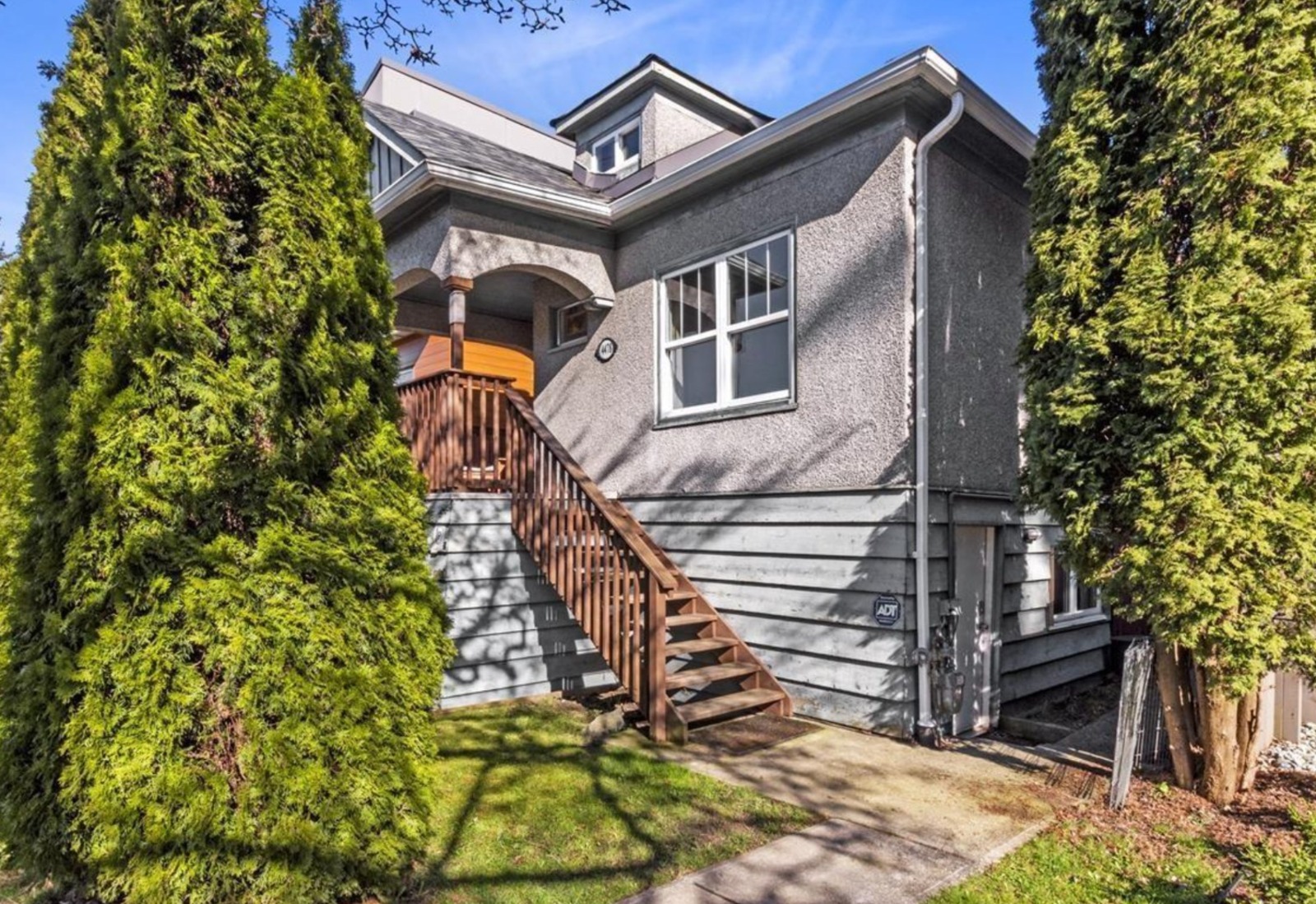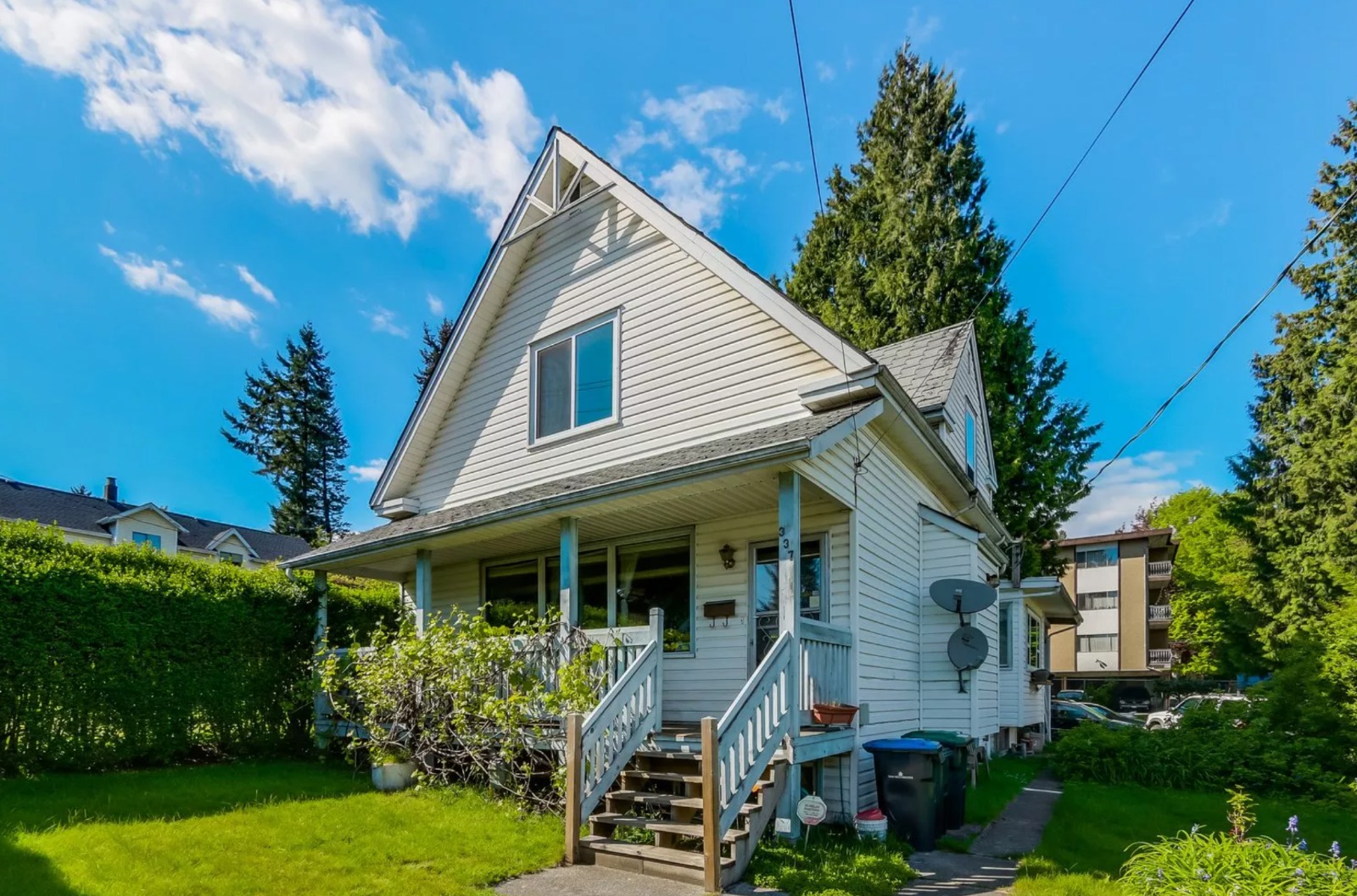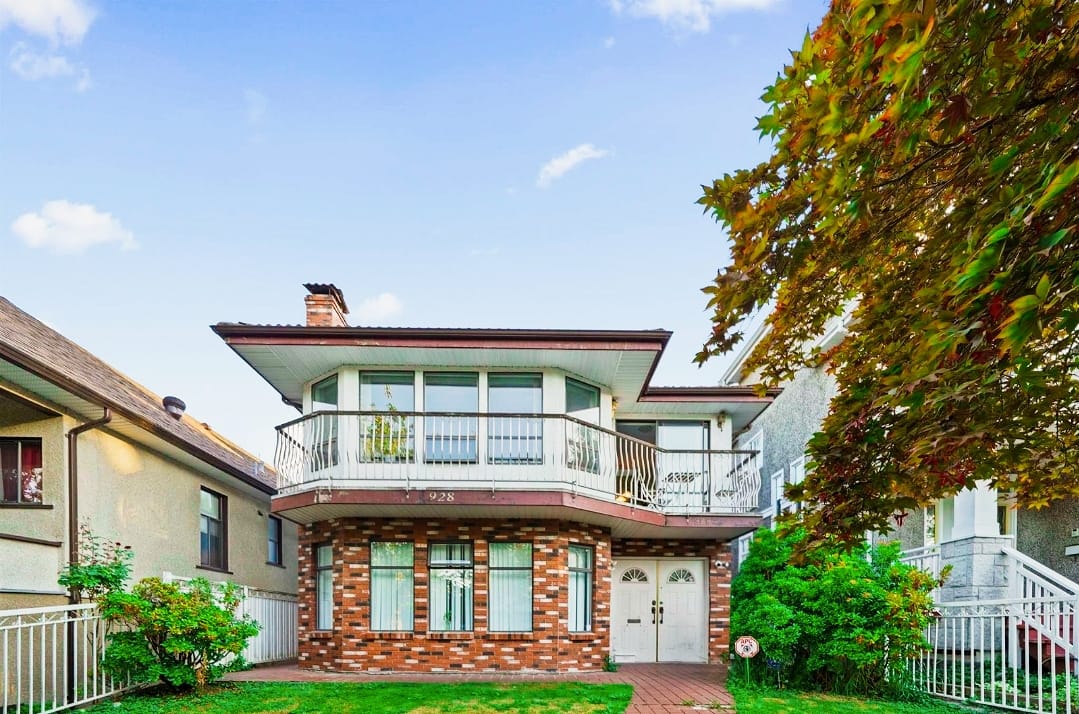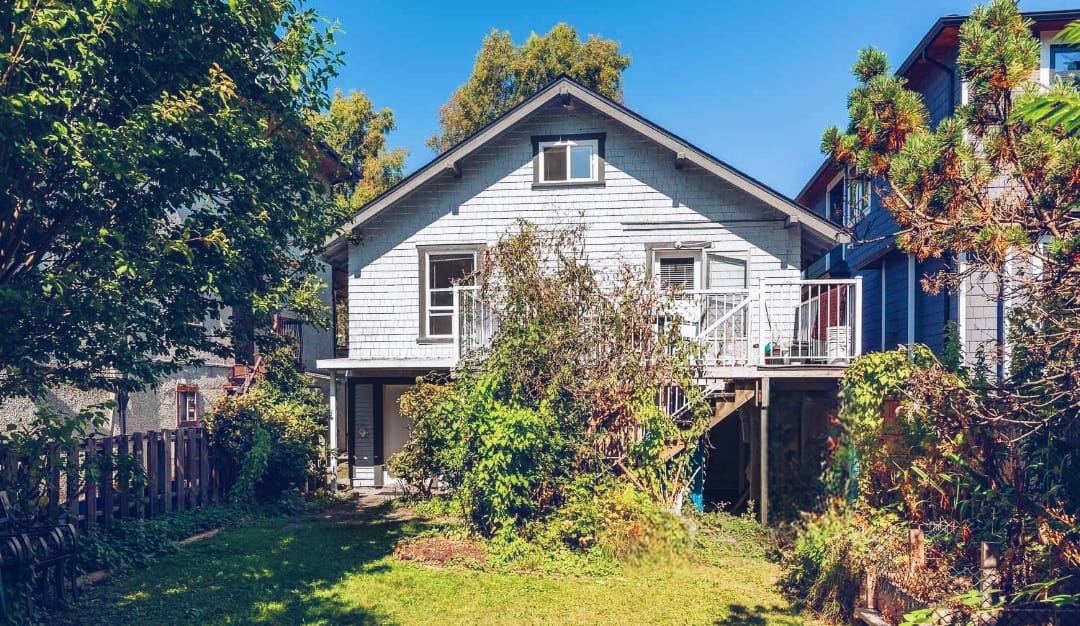Frequently Asked Questions (FAQ)
At Vema Deconstruction, we’re here to answer your questions about our commitment to sustainability, waste reduction, and material reuse and recycling.
Popular Questions
Welcome to our FAQ section where we address some of the most common questions we receive about sustainable demolition, tax credits, environmental impact, and more. Whether you’re a builder, homeowner, or contractor, these answers will help guide you through the key considerations in making environmentally responsible decisions. Explore the topics below to gain a better understanding of how you can make a positive impact through your projects.
Popular Questions
Welcome to our FAQ section where we address some of the most common questions we receive about sustainable demolition, tax credits, environmental impact, and more. Whether you’re a builder, homeowner, or contractor, these answers will help guide you through the key considerations in making environmentally responsible decisions. Explore the topics below to gain a better understanding of how you can make a positive impact through your projects.
Tax credits for sustainable practices in construction or demolition usually come from government programs encouraging energy efficiency, waste reduction, and the reuse of materials. Builders may be able to deduct certain costs related to sustainable demolition, recycling, or materials reuse. Specific tax credits vary by location and can include federal, state, or local incentives to reduce environmental impacts.
Sustainable demolition may take longer than traditional demolition because it focuses on salvaging materials, recycling, and properly handling hazardous materials. The process often involves careful planning, deconstruction, and material sorting, which can extend the timeline. The exact duration depends on the size of the project and the amount of material being reclaimed or recycled.
Sustainable demolition involves:
- Deconstruction, which focuses on disassembling a structure to preserve reusable materials.
- Recycling materials such as metal, concrete, wood, and glass.
- Proper disposal of hazardous materials, like asbestos or lead.
- Reducing waste sent to landfills by maximizing reuse and recycling.
This depends on the terms of your contract with the demolition or construction company. Many contractors allow clients to hire their own subcontractors, but it’s essential to ensure that the subcontractors are familiar with and adhere to sustainable demolition practices.
As a builder or homeowner, choosing sustainable demolition practices reduces landfill waste, conserves natural resources by reusing materials, and decreases the overall environmental footprint of the project. Additionally, it can contribute to the local economy by supporting recycling industries and creating jobs in material recovery.
Sustainable demolition practices contribute to a healthier community by reducing pollution, minimizing waste, and conserving resources. By choosing materials that can be reused or recycled, you also reduce the need for raw material extraction, which often harms local ecosystems. Proper handling of hazardous materials prevents toxins from contaminating soil, water, and air, protecting public health.
Sustainable demolition is the process of dismantling a building in a way that minimizes environmental impact. This includes salvaging reusable materials, recycling, safely disposing of hazardous materials, and reducing the overall waste generated. The goal is to make the demolition process as eco-friendly as possible.
By choosing sustainable demolition, you’re reducing the carbon footprint associated with new construction by reusing materials and decreasing the demand for raw resources. This also reduces energy consumption and emissions from producing new building materials. Furthermore, diverting waste from landfills prevents pollution and promotes resource conservation.




